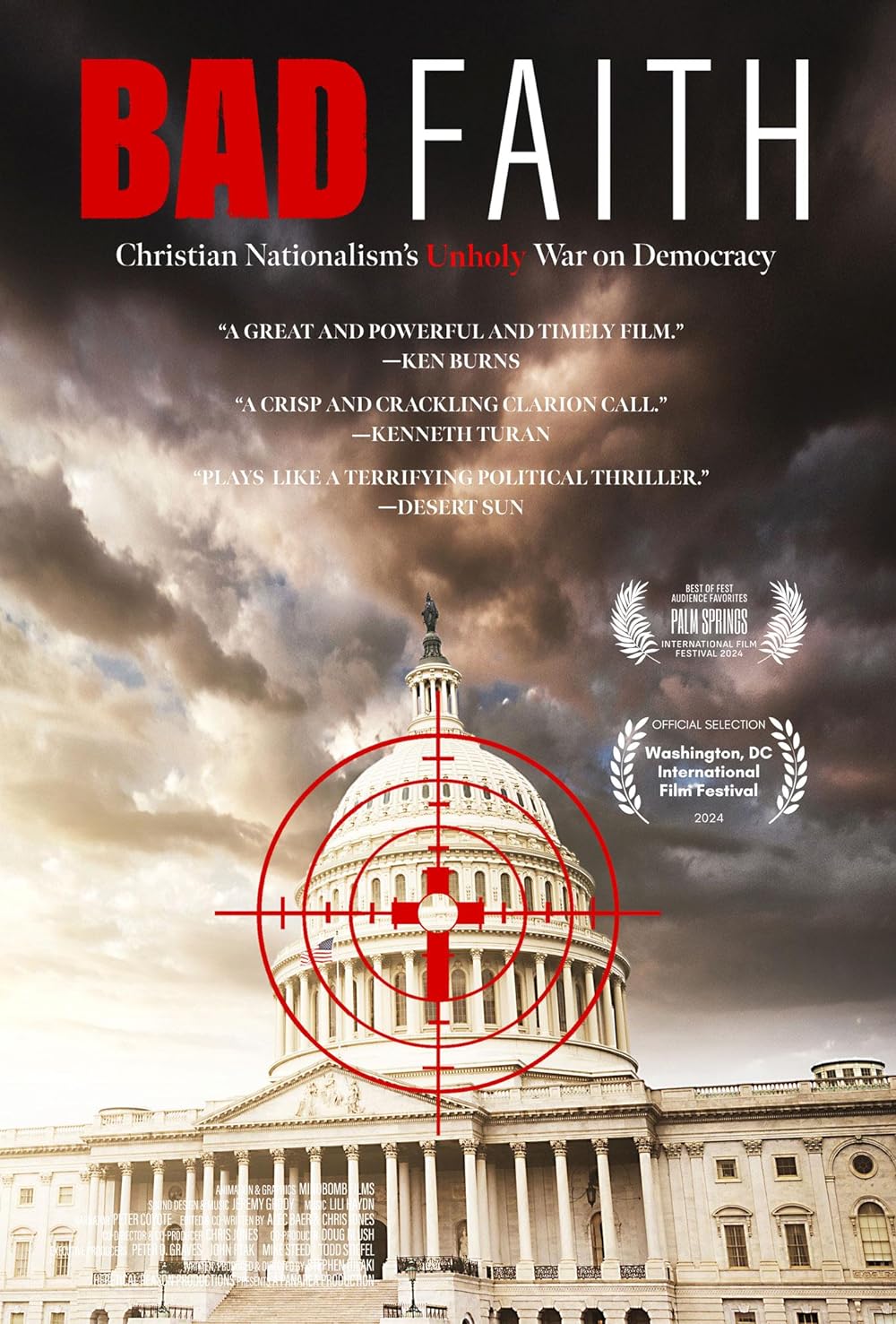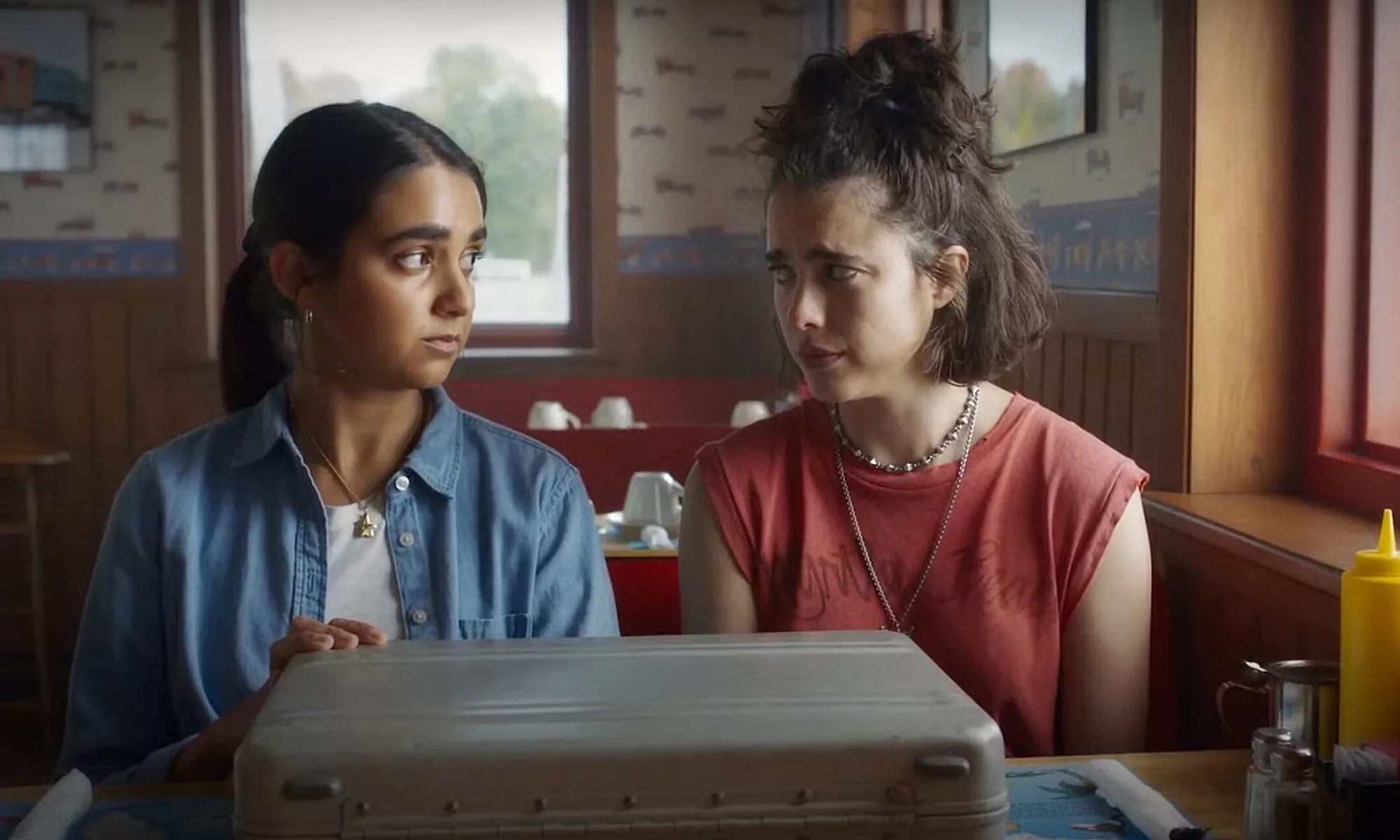Catwoman
Posted on July 23, 2004 at 12:18 pm
D| Lowest Recommended Age: | Mature High Schooler |
| Profanity: | Mild |
| Nudity/ Sex: | Lots of sexuality, implied sex, reference to adultery |
| Alcohol/ Drugs: | Characters drink, beauty product is addictive |
| Violence/ Scariness: | Comic book/action violence, Peril, robbery, psychological spousal abuse, murder |
| Diversity Issues: | Strong minority and women characters |
| Date Released to Theaters: | 2004 |
“Catwoman” is kitty litter.
Awkward and clumsy as a cat in high heels, this version of the comic book character Catwoman does not have enough to sustain one life, much less nine.
Written in the comic books as Batman’s female foil, Catwoman is a creature of the night, living on the edge as an accomplished burglar, sometime do-gooder and occasional animal rights protector, given to wearing a rather remarkable bodysuit and carrying a whip. She is elegant, confident, strong and every so often vulnerably naive when it comes to getting her claws into those pretty, shiny baubles.
In this version, the skyline is devoid of costumed crusaders and Patience Philips (Halle Berry) is a sweet and frumpy artist working as an advertising designer but lacking the confidence to stand out from the wallpaper. Despite clear evidence that her employers, the Hedares, are balmy in that oozing evil way, life for Patience at the cosmetics company is about finding a little square of calm, which with the help of her admiring friends, she seems to do just fine.
Of course, all that changes when Patience discovers that the Hedare’s new facial cream, Beau-line, is an addictive drug with skin-warping damage for any who would try to break the habit. Clearly, Patience must be gotten rid of, but little do the Hedare henchmen know that when they kill her they are only awakening a vengeful, fish-eating leather fetishist who really knows how to apply make-up and fight in stilleto heels. There’s something hypocritical at best and absurd at worst to pretend to be about empowerment and freeing women from the need to conform to narrow standards of youth and beauty when the movie’s heroine looks like Catwoman Barbie at a goth B&D rally.
The plot is thin enough to demand a love-interest and the likeable cop, Tom Lone (Benjamin Bratt in another lawman-as-arm-candy role),is the first to develop feelings for the daytime kitty, Patience, and an allergy to her nightly alter-ego, Catwoman. Patience’s guide to her new life is the cat lover, Ophelia (Frances Conroy, in a very believable foray out of her “Six Feet Under” mortuary), who introduces her to both catnip and the hefty history of her new identity. It turns out that all women have two sides and, since Ancient Egypt, for certain special females getting in touch with their inner feline allows them to un-cage a panther.
One of the largest hairballs that choke this movie is the complete inability of Laurel Hedare (Sharon Stone, playing a botoxed megalomaniac with lethargic grace) to be suitably over-the-top enough to make the final catfight memorable. There are rules to costume crusader stories and one of them is that the bad guys have to be just as fantastic in their own way as their counterparts, even when they are fighting morally ambiguous, prowling kitties like Catwoman. Berry herself has no grasp of the character at all. Her Catwoman is all lipstick and hissing and she seems to confuse a cat walk with a catwalk, prancing in heels as though she is an unusually busty runway model in next year’s dominatrix fashion show. The script and editing have an unfinished, even inept feel. Special effects wizard-turned-director Pitof (just one name) is better at creating a mood than telling a story, but not good enough at either.
Maybe if the next movie is Catwoman versus 101 Dalmatians villainess Cruella de Ville, that might change the tiger’s stripes, but until then save your purrs and paws for the comic books.
Parents should know that despite the lack of profanity and nudity, Catwoman will scare younger viewers with its dark feel, peril and adult themes. There is a pervasive sensuality to all scenes featuring Catwoman and there is a scene of implied sex as well as references to adultery. Several characters die and there are numerous scenes of peril, including a child trapped on a broken ferris wheel. Anyone who has seen the ads featuring the very suggestive leather suit and whip that that the protagonist wears will be aware of the “fantasy” element of Catwoman’s character.
Families who see this film should talk about the twin-nature theme that runs throughout the movie. Why might many comic book characters, including Catwoman, have such strong dichotomous characters? What does this mean about their ability to express their “true selves” in their ordinary lives? Ophelia discusses seemingly contradictory traits that she describes as female, yet she herself does not seem to wear a mask. How might Ophelia and other characters express themselves fully without splitting their personalities so dramatically? Why did they pick the name “Ophelia,” associated with Hamlet’s tragic love?
For those families who enjoyed this movie, there is a rich assortment of DC Comic superheroes who have graced the big screen from the popcorn pleasure of Michael Keaton’s Batman and Michelle Pfeiffer’s Catwoman in Batman Returns, to the slightly dated but enjoyable Superman: The Movie. From Bob Kane’s original conception of Selina Kyle, who each night donned a mask and become the female cat burglar, Catwoman, in the early 1940’s, to her current incarnation as the plain Jane who traded the purple-black dresses of yore for weapons and a body-suit, Catwoman remains a staple of the comic book racks. Most of the stories in the past focused on the love/hate relationship between Batman and Catwoman, however, more recently Catwoman has been succeeding on her own. Families who enjoy the movie might want to look for some of the original collections from the 1940’s available in trade paperback to see how the character has and has not changed.






